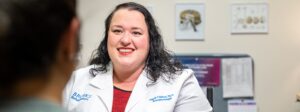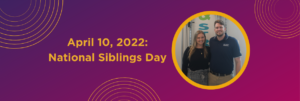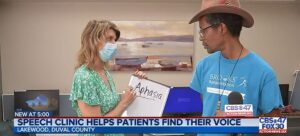Apraxia of Speech in Adults: Signs, Causes & Treatment
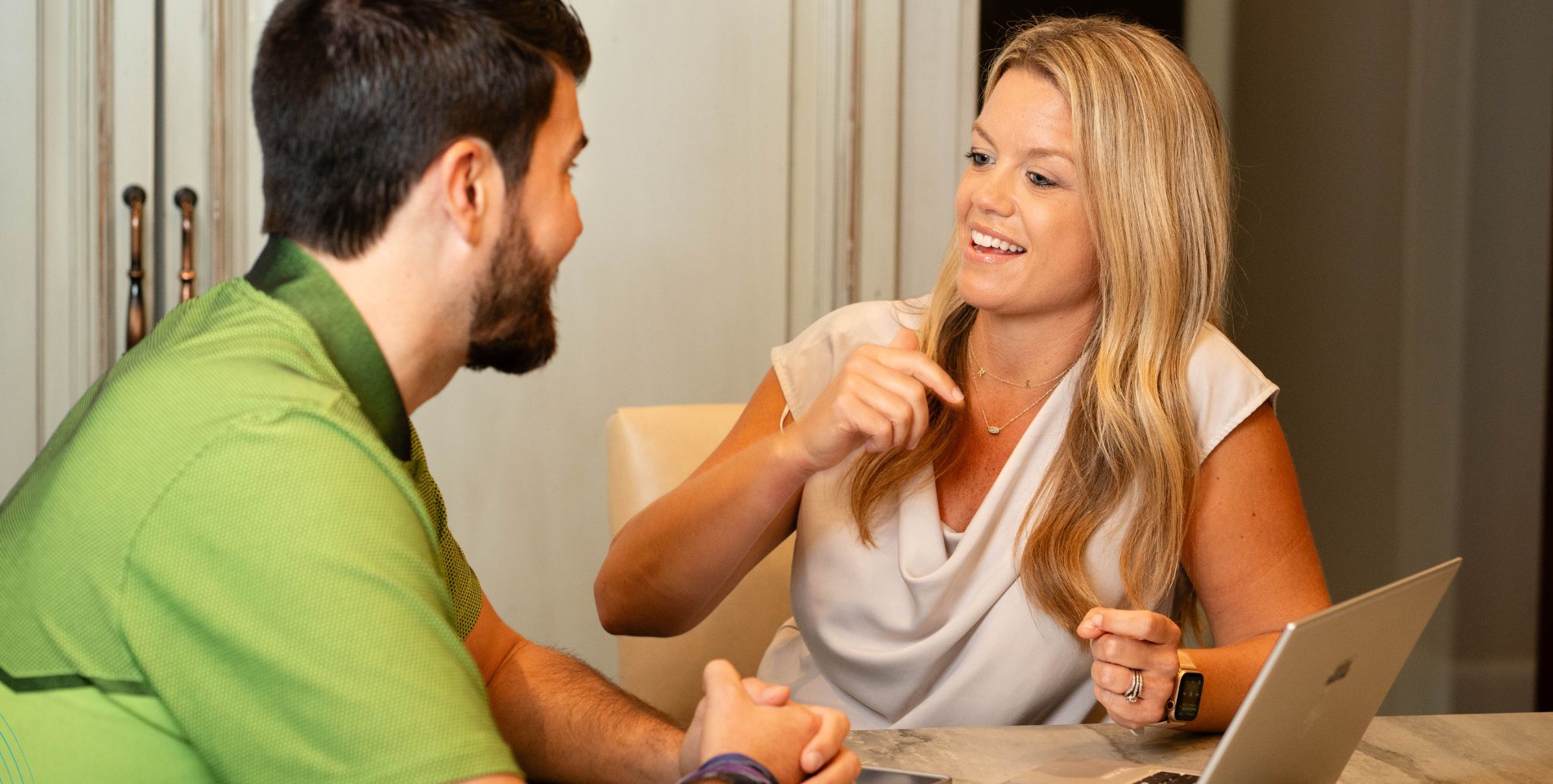
Back to physical health resource hub
Apraxia of speech in adults is difficulty speaking caused by damage to the brain pathways that control speech
When you speak, messages travel from your brain to your mouth, which tells the muscles how to move and make sounds. With apraxia of speech (AOS), the part of the brain that controls how the muscles move to speak becomes damaged. In other words, a person with apraxia may know what they want to say but is unable to plan and sequence the speech sound movements to talk.
How to tell if you have speech apraxia
Different types of speech disabilities can have similar symptoms, making it difficult to know if it is apraxia of speech immediately. Getting an accurate diagnosis for apraxia is vital to receiving the best treatment. Speech-language pathologists play an important role in identifying and diagnosing this speech disorder.
There is no single test to diagnose apraxia, according to the National Institute on Deafness and Other Communications Disorders. However, people with apraxia of speech may have a group of symptoms and speech characteristics.
Possible symptoms include the following:
- Trouble initiating sounds
- Distorting sounds
- Groping for the right words or sounds
- Inconsistent errors in speech
- Errors in tone
Other speech/language disorders often confused with apraxia
Speech disorders often have similar causes, but affect different areas of the brain and communication.
If you are experiencing paralysis or weakness of the muscles that control speech, such as the lips, tongue and jaw, that condition is dysarthria. Dysarthria is a separate speech disorder. It is possible to have both dysarthria and apraxia at the same time.
A language disorder that is often confused with apraxia is aphasia. This disorder affects how a person understands or expresses language. It can affect a person’s spoken language and writing, as well as their ability to understand both spoken and written language. Aphasia, like dysarthria, can co-occur with apraxia of speech.
Causes of apraxia of speech in adults
Apraxia occurs due to damage to the part of the brain that controls the muscle movements involved in making sounds. Damage to the brain can occur from a variety of reasons and conditions.
Conditions/disorders that can cause apraxia
- Stroke: A stroke involves damage to part of the brain due to interrupted blood flow. Speech can then become affected depending on where the damage to the brain occurs. According to the Stroke Foundation, about one-third of people who have a stroke develop communication problems. While not all these problems involve apraxia of speech, it does occur.
- Dementia: Dementia is a group of diseases that affects thinking, memory and problem-solving. Language is also often affected. The exact type of speech problem can vary, but apraxia of speech can develop.
- Traumatic brain injury: A traumatic brain injury involves damage to the brain due to some type of trauma, such as a fall, motor vehicle accident or assault. If the part of the brain that controls the movement of the muscles involved in speech is damaged, apraxia can develop.
- Brain tumor: A brain tumor is a mass that is either cancerous or benign. It can cause various symptoms depending on the part of the brain it grows and can affect muscles involved in speech.
How rare is apraxia in adults?
Apraxia may not be as rare a condition as once believed. “The true number of adults living with apraxia of speech (AOS) is unknown,” said Jackie Hurst, MS, CCC-SLP, program manager of The Eric Sorensen Motor Speech Program at Brooks Rehabilitation. “Many individuals with apraxia of speech are misdiagnosed in the hospital as having aphasia. This diagnosis may follow them throughout their care.”
According to the American Speech-Language-Hearing Association, there are unreliable statistics on the prevalence of apraxia of speech in adults. In 2013, Dr. Joseph Duffy at Mayo Clinic found AOS to be the primary communication disorder in 6.9% of all communication disorders. But this may be an underestimate. “It was also determined that AOS is probably present in “considerably more” than 6.9% of people who have communication impairments associated with left hemisphere strokes,” said Hurst.
“One big goal of our new Eric Sorensen Motor Speech Program is to bring more awareness to this issue,” said Hurst. “We recently modified our outpatient documentation system in order to easily allow SLPs to capture adults living with motor speech disorders.”
Is there a cure for apraxia?
In some cases, adults with apraxia of speech can recover partial or full speech function. However, whether someone is cured may depend on the cause and severity of brain damage.
“In more severe cases, individuals with acquired apraxia of speech may need to come up with alternative means of communication, such as using technology or written language to express wants and needs,” said Hurst. “Every individual with acquired AOS should be evaluated by an SLP to determine the most appropriate treatment approach to facilitate functional expression of wants, needs and ideas.”
Treatment for apraxia
There is no single treatment approach that is proven to be most effective for people with apraxia of speech. Treatment is unique to the individual and may include additional therapy to treat other speech disorders that might occur with apraxia.
In general, treatment can be restorative and/or compensatory. Restorative treatment focuses on restoring impaired speech function by recreating the proper motor plans needed to produce speech.
“Articulatory-kinematic approaches to AOS tend to be the gold standard for restorative treatment,” said Hurst. “The most common, evidence-based articulatory-kinematic approaches include sound production treatment, phonomotor treatment, script training and speech motor learning approach.”
Some examples of therapy approaches, according to the National Institute on Deafness and Other Communications Disorders, include
- Teaching sound production, such as repeating sounds over and over again
- Teaching rate and rhythm, such as using finger-snapping to keep time
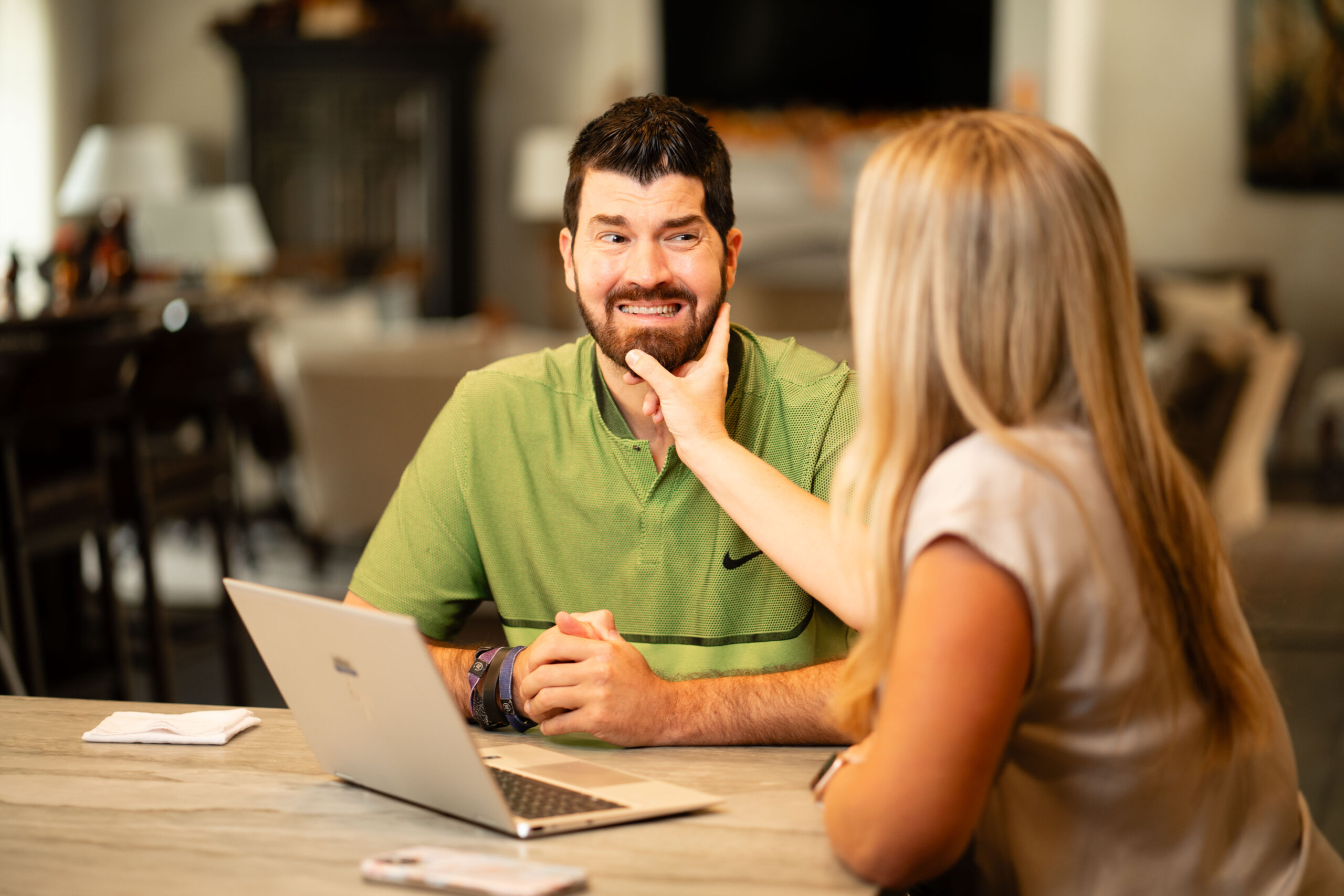
Compensatory treatment involves developing strategies to restore communication methods when speech output is unsuccessful. This includes developing alternative and augmentative ways to communicate that require little to no speaking.
Research shows that using alternative and augmentative communication (AAC), especially those with voice output, not only improves the effectiveness of communication, but also enhances speech production and intelligibility.
Some methods may include the following:
- Using gestures
- Drawing to communicate
- Using written language
- Using computer programs that produce voice output as an individual types
In many instances, a combination of compensatory and restorative approaches is beneficial. Using compensatory methods of communication while restoring speech is helpful to ease frustration and improve well-being.
In addition to treatment, it is also important for people with a motor speech disorder, or any type of speech disability, to get the support they need. A support system, including the treatment team, friends and family, helps cope with verbal apraxia.
In addition, a support group is also beneficial. Brooks Rehabilitation has a motor speech support group for individuals with speech disorders and their families.
Speech exercises
Each person’s treatment and exercises for speech therapy will be different depending on how severe the condition is. The speech patterns they show also affect the exercises they do. The specific way someone talks also affects the exercises they will do. However, here are some general exercises for apraxia speech-language pathologists commonly use.
“Speech exercises for apraxia of speech often focus on repetition tasks to retrain the motor speech pathways in the brain,” said Hurst.
Additional exercises may include:
- Frequent speech practice of targeted words
- Visual feedback via clinician/caregivers modeling targeted sounds and words
- Tactile cues to promote the accuracy of speech articulators
- Metronome to help achieve proper rate/rhythm in speech

Coping with apraxia of speech
It is often extremely frustrating to know the words you want to say but be unable to produce the speech. Apraxia often affects all areas of a person’s life, including relationships, employment and overall quality of life. It also influences independence and can be difficult for caregivers and families to navigate.
Help is available. Through treatment, some people regain some or all of their speech function. In addition, treatment also includes ways to compensate for speech difficulties through other ways of communicating.
Getting the right treatment plan and support is essential. Learning ways to cope with motor speech problems helps improve communication and positively affects overall well-being. Treatment for apraxia is useful for people with aphasia and other speech disorders that cause muscle weakness. Brooks can help.
Learn more about our motor speech support group and The Eric Sorensen Motor Speech Program.
